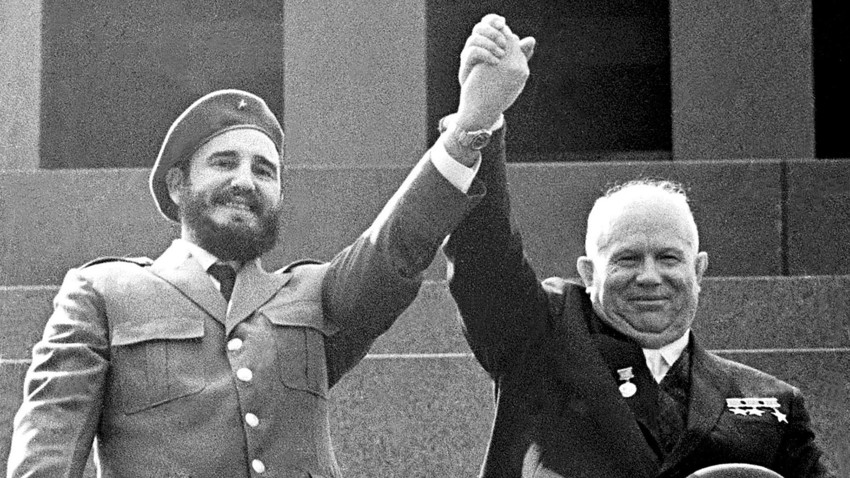
Fidel Castro and Nikita Khrushchev.
TASSIn 1962, the Cold War was in full swing and the USSR felt threatened by the U.S., which had far more nuclear weapons. The Americans had 6,000 warheads capable of reaching the USSR, which itself only had 300.
The Kremlin felt especially vulnerable because U.S. nuclear missiles were in West Germany, the Netherlands and Belgium. Even more galling, however, were the missiles placed in Turkey in 1961, reducing flight time to Moscow to 10 minutes. If war broke out, the Soviets wouldn’t have time to counterattack.
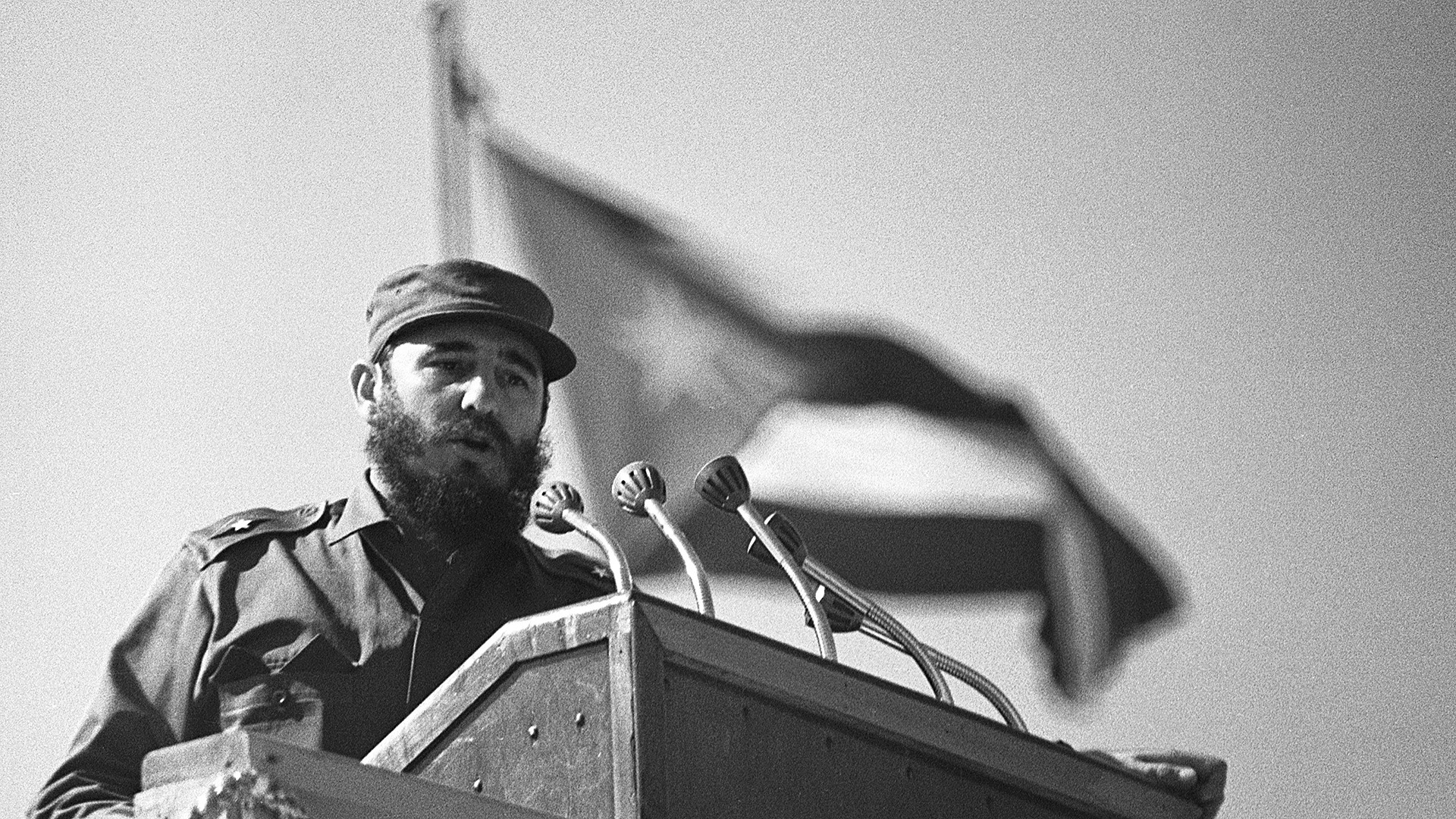
Fidel Castro.
TASSAt this moment Moscow began courting revolutionary Cuba, which since 1959 was ruled by the socialist revolutionary, Fidel Castro. After he nationalized American property on the island, the U.S. imposed an economic embargo. Collaboration with the USSR was Cuba’s salvation, receiving free supplies of grain, fuel, tanks, and airplanes.
With relations between Cuba and the U.S. strained, Moscow saw an opportunity and convinced Castro that only nuclear weapons could force President John Kennedy to treat him as an equal. Thus, the Cuban leader agreed to deploy Soviet missiles on the island.
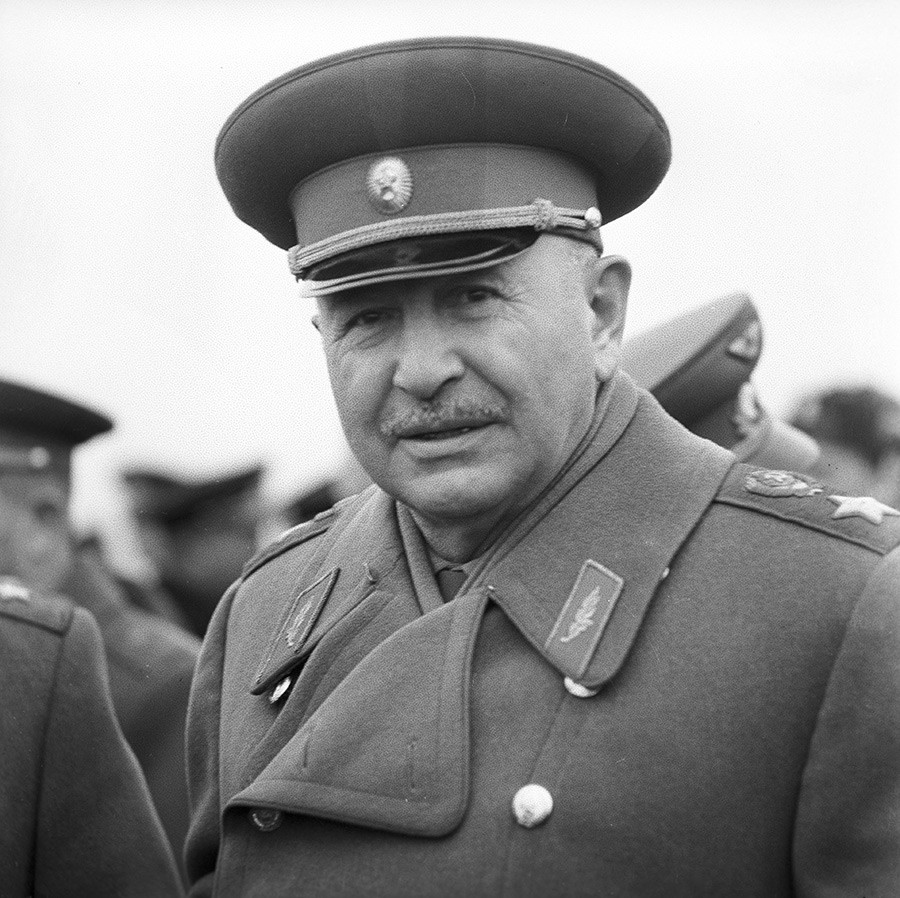
Ivan Bagramyan, the man who planned Operation Anadyr.
Lev Polikashin/SputnikThe U.S. was closely monitoring every shipment to Cuba, which is why the USSR had to secretly transport the missiles. Marshal Ivan Bagramyan developed a secret operation, codenamed “Anadyr” (a city in Russia’s Far North). The name was probably chosen to confuse American spies. Soldiers were given boots and skis and were told that they were going to Chukhotka. The nuclear missiles were camouflaged as agricultural equipment.
Only a narrow circle of top Soviet officials knew the mission’s real purpose. The first to fly to Cuba were military officers responsible for assembling the missile installations. The voyages that brought the remaining servicemen (more than 50,000) were difficult ones. Ships departed from eight Soviet ports, and the men had to spend weeks below deck in order not to be spotted by U.S. surveillance planes. The first ship bound for Cuba reached the Island on July 10, 1962.
The soldiers also didn’t know where they were sailing. “Even the ship captains only learned their true destination a week after departure. They had three secret envelopes with the routes, each opened in strict sequence. First, the captain was ordered to navigate through the Bosporus, then steer a course towards Gibraltar and only when he was in the Atlantic was he told that his final destination was Cuba,” wrote Soviet reconnaissance officer, Alexander Feklisov.
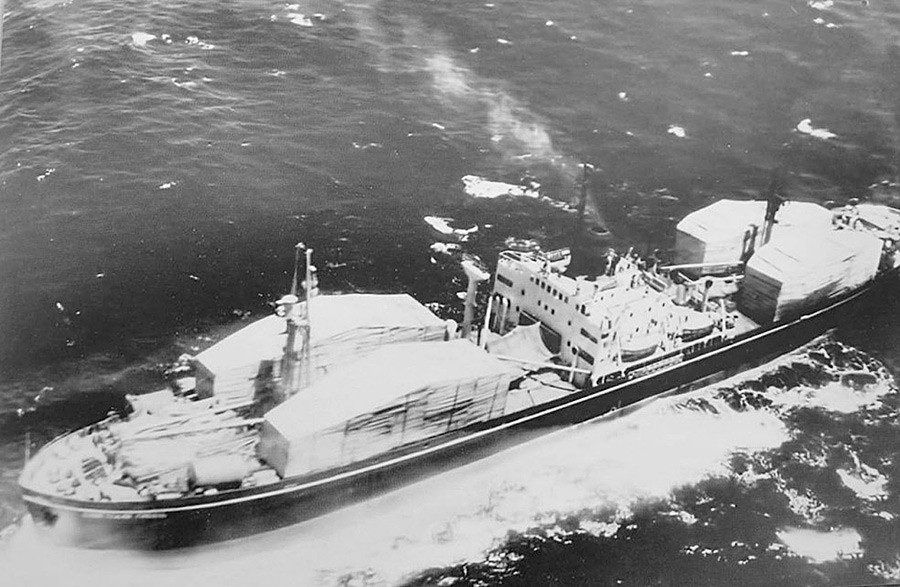
A covered Soviet ship transporting warheads to Cuba.
Dino A. Brugioni / WikipediaMajor Nikolai
Due to the mission’s secrecy, the Soviet servicemen pretended to be civilians. After making a number of overflights, the U.S. reconnaissance planes were convinced that the ships were carrying coal and tourists. It did not even occur to them that the ships were carrying nuclear weapons and soldiers. The first missiles arrived in Cuba in early September.
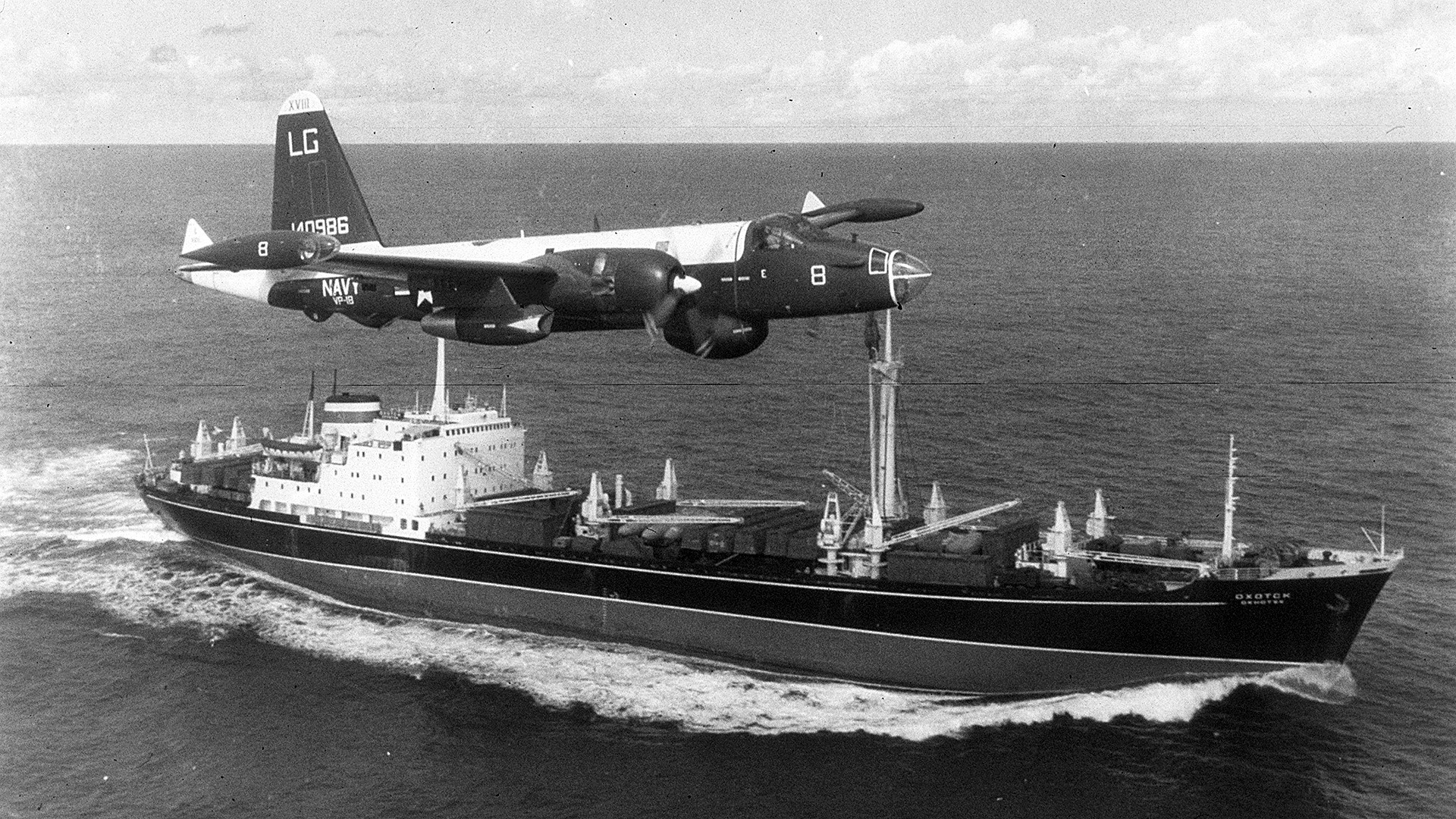
A P2V Neptune US patrol plane flying over a Soviet freighter during the Cuban missile crisis.
Getty Images“The photographs taken by the U.S. planes shocked the American generals. On Oct. 16, Kennedy learned of the positions of the ballistic missile launching installations. It’s considered that the Cuban Missile Crisis began on Oct. 16,” wrote Feklisov.
On Oct. 20, the U.S. decided on a total blockade of Cuba, which the navy began on Oct. 24. The next day, on Oct. 25, the U.S. showed proof of the Soviet missile deployment in Cuba during a UN session.
The Soviets then ordered all its ships in the Atlantic Ocean to turn around and return home. As a result, the R-14 missiles, which could have reached any point in the U.S. except the northwestern states, never made it to Cuba. At the start of the
Secret negotiations between the U.S. and the USSR began on Oct. 26, and a compromise was reached: Washington promised to remove its missiles from Turkey, and Moscow promised to remove its missiles from Cuba.
With American missiles now out of Turkey, the USSR considered Operation Anadyr successful, and in 1963 hundreds of Soviet officers were awarded orders.
To know more about the Soviet secret operations, read our article on the special services in this country.
If using any of Russia Beyond's content, partly or in full, always provide an active hyperlink to the original material.
Subscribe
to our newsletter!
Get the week's best stories straight to your inbox